At Watershed, your work doesn't land in the recycling bin; it lands on the Senator's desk.
The students in the 11th and 12th grade Materials Science Expedition course certainly have a grasp on the concept of engaging in work that matters. They recognize that the time they spend in class is valuable - their learning, which is focused on addressing the world’s greatest challenges, makes an impact. The course’s essential question, “How can the study of material science affect the future of the Anthropocene?” pushes students to dive deeply into how past material usage has affected the current state of our environment and how it has become imperative to discover more sustainable solutions to human consumption.
Throughout the term in Materials Science, students were guided by Ed Conway’s text Material World, to explore important materials in our world (e.g. sand, salt, iron, copper, oil, and lithium). The book was a big hit in class - the combination of historical, scientific, and political angles in the text enthused students to dig deep into every material they studied. As a final project, students exercised their roles as active citizens by writing a 60-page sustainability report to share with governmental decision-makers, including Senator Hickenlooper. In their report, they focused on each of the materials they’ve been studying, laying out their current impacts on our environment, and making recommendations for future practices to reach a level of sustainable use. For example, students reckoned with the fact that a complete elimination of fossil fuel usage in our world is likely unrealistic (at least for now), and shifted their focus to thinking of ways we can more sustainably use nonrenewable resources like oil. “We should be building with oil rather than burning it,” was 11th grader McCall’s take on the idea.
Students also brainstormed how to more efficiently utilize one of the world’s cheapest, strongest, and most widely available byproducts of sand: concrete. While noting in their sustainability report that concrete is “[t]he cornerstone of infrastructure in developing countries [and] bridges gaps in inequities, [and] infrastructure is necessary to improve education, economy, and other measures of a country's success,” they also acknowledged the negative outcomes of its use while offering potential solutions. Following up on this issue in their report, students commented, “Because concrete creation has such an impact on the environment, we need to invest more money and energy in replacing toxic ingredients like limestone that contribute to carbon emissions. One option is to replace limestone with microalgae to combat the huge amounts of carbon dioxide being released by the extraction of limestone.”
Educator for the course, Jennifer Campbell-Smith, Ph.D., invited experts into the classroom to be interviewed by students about their work; ex-Chevron employee Sean Smith shared his experience with hydrocarbon removal from sediments. His presentation reiterated the fact that each material’s use is deeply connected with one another, and the health and quality of each is imperative for a sustainable future.
After reaching out to governmental officials and offering to share their report, requests to read it soon came in from folks ranging from the local (Boulder County Community Planning and the Public Works Department) to the national (Senator Hickenlooper’s office). It is powerful for students to see how they can contribute; they know that by exercising their agency, leadership, and communication skills, and by doing work that matters, they truly can make a difference beyond the walls of the school.
As the 6th and 7th grade Source to Sea Expedition course students move into Trimester 3, they are gearing up to collaborate on a similar project: writing a white paper on “Ongoing and Projected Water Resource Issues in the Front Range.” And, like our older students, they’ll be sharing their work with governmental decision makers, armed with the knowledge that their work makes an impact, helping to address some of the greatest challenges facing our world today.
As a progressive school, Watershed champions its students’ sense of responsibility, empowering them to go further than just simply participating in society; students are encouraged to use what they’ve learned to create the future they want to see - to make thoughtful decisions and choices rather than assuming those dictated by others.





